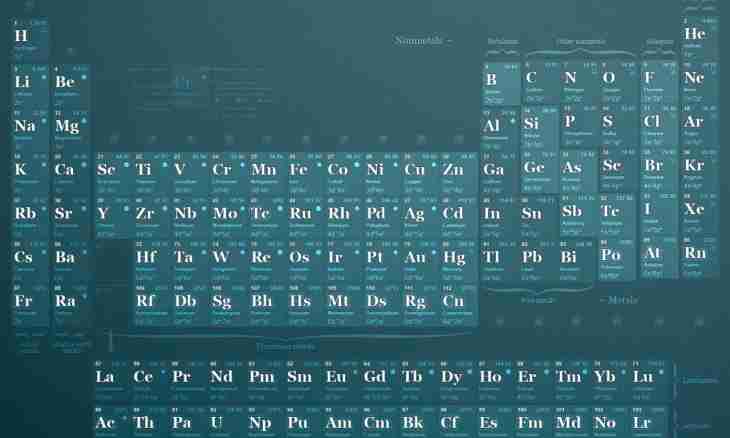Halogens (Greek – the birth, origin) – the chemical elements of the periodic table of chemical elements relating to the 17th group (earlier were elements of the main subgroup of the VII group).
Chlorine (Cl), fluorine (F), iodine (I), bromine (Br) and astatine (At) developed at institute of nuclear researches of Dubna belong to halogens. Fluorine represents poisonous and reactive pale yellow gas. Chlorine – heavy light green gas, poisonous with an unpleasant smell of bleaching powder. Bromine is the poisonous red-brown liquid capable to affect an olfactory nerve contains in ampoules since has property of volatility. Iodine – easily sublimated poisonous violet-black crystals. Astatine – radioactive blue-black crystals, the period half-decayof astatine of the longest isotope is equal 8.1 hours. All halogens react practically with all simple substances, except for several nonmetals. Are vigorous oxidizers therefore in the nature they can be met only in the form of connections. The chemical activity of halogens with increase in serial number decreases. Halogens have the high activity of oxidation decreasing upon transition from fluorine to iodine. The most active halogen – the fluorine reacting with all metals. Many of metals in the atmosphere of this element self-ignite and mark out a large amount of warmth. Without heating fluorine can react also with many nonmetals, at the same time all reactions – exothermic. Fluorine reacts with noble (inert) gases at radiation. Free chlorine in spite of the fact that its activity is less, than at fluorine, is very reactive too. Chlorine can react with all simple substances, except oxygen, nitrogen and inert gases. This element reacts also with many complex substances, replacements and accessions with hydrocarbons. When heating, chlorine forces out bromine and also iodine, from their connections with metals or hydrogen. The chemical activity of bromine is also rather high, though it is less, than at fluorine or chlorine therefore bromine is generally used in liquid state and its initial concentration under other equal conditions more, than at chlorine. This element, similar to chlorine, is dissolved in water and, partially reacting with it, creates "bromic water". Iodine differs in chemical activity from other halogens. It cannot react with the majority of nonmetals, and with metals reacts only when heating and very slowly. Reaction is strongly reversible and endothermic. Iodine in water is insoluble and even when heating will not be able to oxidize it therefore "iodide water" does not exist. Iodine can be dissolved in solutions of iodides with formation of complex anions. Astatine reacts with hydrogen and metals. The chemical activity of halogens from fluorine to iodine consistently decreases. Each halogen forces out the subsequent of its connections with metals or hydrogen, i.e. each halogen in the form of simple substance can oxidize halogen ion of any of the following halogens.

